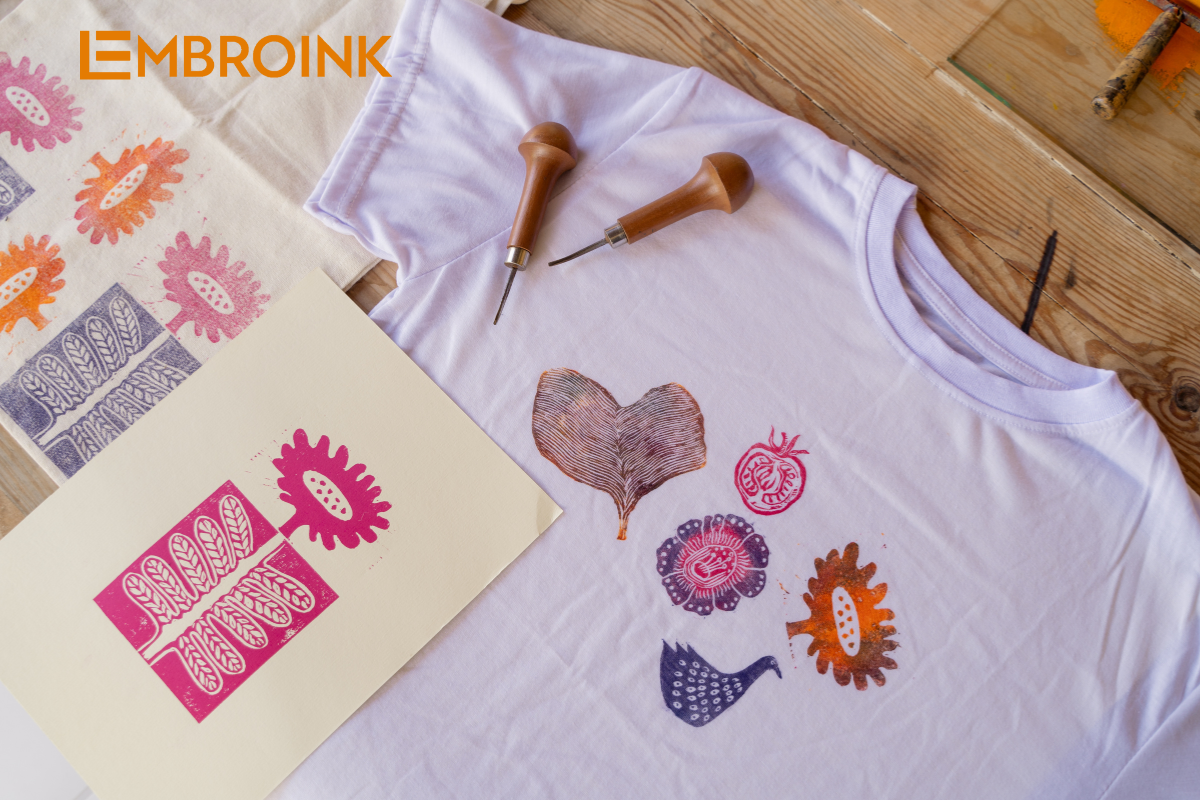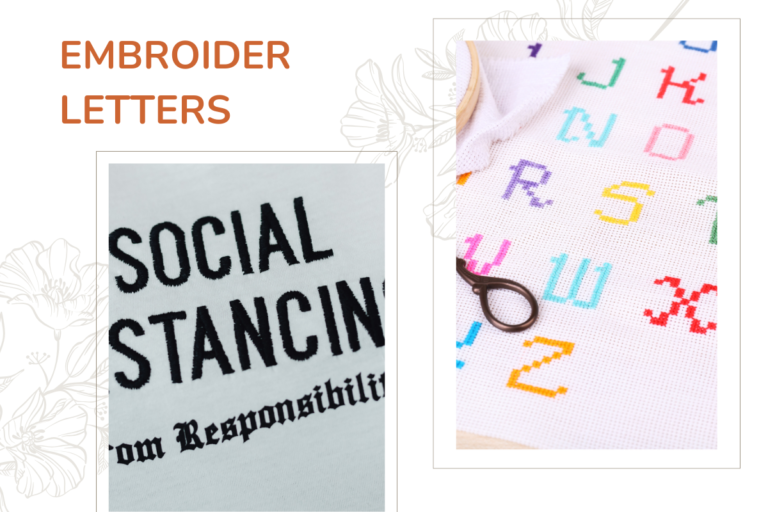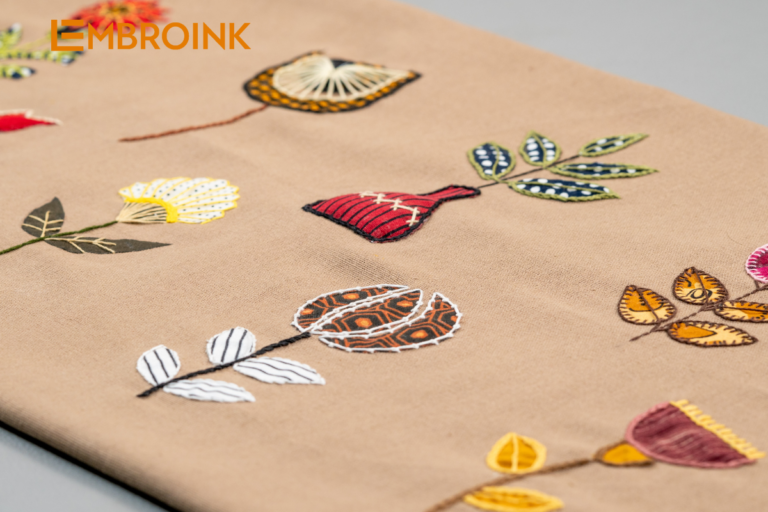17 Essential Print-on-Demand pitfalls and how to steer clear
Starting a print-on-demand (POD) dropshipping business is an exhilarating endeavor. The world of e-commerce is dynamic and continually evolving, and finding your unique place among the industry giants can be both exciting and challenging. Fortunately, you don’t have to navigate this journey alone. Many POD business owners face similar hurdles in design, online store setup, and marketing. While experimenting and learning from your own experiences is valuable, leveraging the collective insights of the community can be even more beneficial.
To identify the most frequent print-on-demand mistakes, we reached out to 68 successful POD store owners. Our survey revealed their common pitfalls and their impact on their businesses. When asked about the biggest challenge in starting a POD business, most respondents cited marketing as the toughest hurdle. Here are the top 5 challenges reported by our survey participants:
- Developing a marketing strategy (29%)
- Identifying the right target audience (21%)
- Designing products (15%)
- Managing billing and taxes (13%)
- Setting up an online store (10%)
Remarkably, 96% of respondents admitted they had made mistakes while building their brands. Curious about what these mistakes are? Read on to uncover the 17 most common print-on-demand missteps and learn how to avoid them as you embark on your POD journey with EmbroInk.
Design Mistakes
Designing a product is one of the initial hurdles you’ll encounter. Avoid these 7 common design mistakes to streamline your design process and increase your chances of success.

Designing without a target audience in mind
You may have a brilliant idea and the skills to bring it to life, but a key ingredient for success is understanding your target audience—your niche market in the e-commerce realm.
Designing without knowing your audience is like shooting in the dark. Every audience has unique interests, passions, product preferences, shopping habits, and pain points. If your design doesn’t align with these factors, you may create a product that appeals to you but fails to attract customers.
This mistake is more common than you might think. In fact, 27% of our respondents identified this as having a significant negative impact on their businesses.
How to Avoid It: Start your design process by asking these two questions:
- Who will wear/use/like this product?
- Why will they choose this design over others?
By understanding your ideal customer, you can create designs that resonate emotionally and practically. Invest time in audience research to help you choose the right marketing channels and refine your designs.
Explore your audience’s demographics, interests, and buying behavior to guide your design choices, including product types, color schemes, and messaging. Conduct market research, observe trends within your niche, and consider creating customer personas to sharpen your focus. This deeper understanding will help you design products that are not only visually appealing but also highly relevant, leading to stronger customer loyalty and higher conversion rates.
Picking the wrong product for design
Not every design is suitable for every product. Even with a compelling design, choosing the wrong product can hinder your success. Ensure your design complements the product it will be printed on to achieve the best results.
Not researching competitors’ designs
A common pitfall is assuming what your audience wants without researching existing market offerings. Instead of guessing, evaluate what competitors are doing.
Researching competitors’ designs helps you understand:
- Popular colors, fonts, and design styles in your niche
- Available products and gaps in the market
- Pricing and marketing strategies of similar designs
For instance, if you’re creating custom gifts for teachers, search for “custom gifts for teachers” on platforms like Etsy, Amazon, or Redbubble. Analyze the top results to identify what makes them successful and think about how you can improve upon these designs.
By avoiding these common mistakes, you’ll be better positioned to create designs that capture your audience’s attention and meet market demands.
Copying someone else’s design
Using someone else’s intellectual property can lead to serious legal issues, including copyright infringement. Beyond potential legal trouble, your designs might be rejected by print-on-demand companies, resulting in wasted time and effort.
To avoid this, ensure that you either own the rights to the content you use or have permission to display, use, and resell it. Familiarize yourself with copyright and trademark laws, and review the Acceptable Content Guidelines provided by your print-on-demand partner to ensure your designs comply.

Not following print and embroidery file guidelines
The quality of your printed products heavily relies on the files you submit. Ignoring guidelines related to file size, resolution, color, and transparency can lead to poor results. Common mistakes include:
- Using low-resolution images
- Failing to remove backgrounds properly
- Using transparency in designs
- Including tiny text
- Applying fade, glow effects, or neon colors
To ensure high-quality prints and embroidery, adhere to the specified file requirements and double-check your submissions.
Not ordering product samples
Relying solely on mockups without ordering actual product samples is a common mistake among beginners. While mockups can give you an idea of the design, they don’t reflect the actual product quality. Ordering samples allows you to:
- Evaluate the design quality
- Assess how the garment fits
- Take your own product photos
- Answer customer inquiries
Skipping this step can negatively impact customer satisfaction and your brand’s reputation. To maintain high standards and build a reliable brand, always order samples before launching your products.
Not asking for feedback
One of the most significant design mistakes, according to 71% of our respondents, is failing to seek feedback. Many beginners avoid this step due to uncertainty about whom to ask, shyness, or fear of design theft. However, feedback is crucial for refining your designs.
How to Get Feedback:
- Engage with relevant Reddit threads, Facebook groups, or Discord channels where your target audience is active.
- Share photos of your design and request input.
This process is quick, cost-effective, and can provide valuable insights to enhance your design and increase your sales.
Online store and marketing mistakes
Once your designs are ready, the next steps involve building and marketing your online store. This process includes selecting an e-commerce platform, designing your store, importing products, setting up payment systems, and promoting your store. Here are 13 common mistakes you might encounter in this phase:
Choosing an unsuitable E-commerce platform

Your e-commerce platform is the foundation of your print-on-demand store, affecting everything from how your store looks to how it functions. A common mistake is selecting a platform without thorough research, leading to issues with functionality or costs later on.
When choosing an e-commerce platform, consider:
- Setup Time: How long does it take to get your store up and running?
- Ease of Use: Is it beginner-friendly?
- Costs: What are the monthly fees and transaction charges?
- Payment Gateways: What payment options are available?
- Design Features: What design capabilities does the platform offer?
Unprofessional online store design
Your store’s appearance can significantly influence customer decisions. A well-designed store is crucial for making sales. Key design principles to consider include:
- Simplify Navigation: Make it easy for users to find what they’re looking for. Clear and intuitive navigation can lead to quicker sales.
- One-Step Checkout: A lengthy or complex checkout process can lead to cart abandonment. Aim for a streamlined, user-friendly checkout experience.
- Mobile Friendliness: Ensure your store is mobile-friendly by completing Google’s Mobile-Friendly Test, creating a mobile version of your site, improving website speed, and offering various mobile payment options.
For additional tips on optimizing your store for mobile devices, check out our blog post.
Setting prices that are too low or too high
Pricing is a critical factor in your business’s success. According to our survey, 43% of respondents felt that incorrect pricing had a significant negative impact on their businesses.
Consider the following when setting prices:
- Competitive Pricing: Avoid competing solely on price. Establish a base price that covers your costs and allows for a sustainable profit margin.
- Cost Considerations: Factor in production, design, shipping costs, transaction fees, taxes, and fixed costs like domain and platform charges.
Setting unclear policies
Clear and accessible store policies are essential for building trust and ensuring customer satisfaction. Customers should easily find and understand policies related to:
- Shipping: What are the shipping options and costs?
- Returns and Exchanges: What’s the process for returning or exchanging products?
- Privacy: How is customer information protected?
Additionally, consider including FAQs and a size guide to address common customer concerns and improve their shopping experience. Clear policies help prevent misunderstandings and enhance customer trust in your store.

Unclear product descriptions
Effective product descriptions should be both informative and engaging. Ensure your descriptions cover:
- Sizing
- Color Options
- Materials and Care Instructions
- Production and Shipping Times
- Shipping Carrier Information
- Store Policies
Once the basics are covered, enhance your description to drive conversions:
- Use Power Words: Add emotional appeal with compelling language.
- Utilize Bullet Points: Make key details easy to scan.
- Keep It Concise: Avoid unnecessary verbosity.
- Optimize for SEO: Improve your product’s visibility on search engines.
- Avoid Duplicate Content: Tailor each description to prevent SEO penalties.
For inspiration, observe how Startup Vitamins explains their products with both informative and engaging details about materials and packaging.
Generic or low-quality product images
Product images are crucial in online shopping, influencing buyer decisions significantly. High-quality photos help customers assess fabric, print quality, color, sizing, and fit. Here’s how to improve your visuals:
- Order Samples: Take photos with a smartphone to showcase your product in a realistic setting.
- Use Engaging Formats: Consider selfies, mirror shots, and flatlays that resonate with social media audiences.
Although generic mockups can be useful, original photos enhance your brand’s authenticity and connect better with potential customers.
Not optimizing for search engines
Neglecting SEO can have a severe impact on your store’s performance. According to our survey, 45% of customers believe SEO neglect negatively impacts their business, with 14% citing a very high impact. To improve your SEO:
- Research Keywords: Identify relevant terms for your niche.
- Optimize Listings: Use keywords in titles, descriptions, and tags.
- Create Quality Content: Focus on high-quality written and visual content.
- Collect Reviews: Positive reviews boost credibility and search ranking.
- Build Links: Create backlinks to enhance your website’s authority.
Expecting sales without marketing
Creating a store without a marketing strategy is a common mistake. Building a beautiful store and listing products is only part of the equation; attracting customers is crucial. A clear marketing strategy helps you:
- Set Measurable Goals: Define what you want to achieve and track your progress.
- Identify Your Target Market: Understand who your customers are and where to find them.
- Differentiate Your Brand: Stand out from competitors with targeted marketing efforts.
Without a focused marketing plan, it’s challenging to drive traffic and make sales. Prioritize marketing alongside store setup to ensure a successful launch.
Not using social media to its full potential
Social media can be a game-changer for your brand, but it requires a strategic approach to maximize its benefits. A staggering 93% of our surveyed customers believe that underutilizing social media has negatively impacted their business. Here’s how you can leverage social media effectively:
Be Consistent
Consistency is key in building relationships and trust with your audience. Regular posting and engagement help maintain your presence and foster loyalty. Create a posting schedule to keep track of your content ideas and ensure a steady flow of updates. This will also help you stay organized and avoid gaps in your social media activity.
Curate User-Generated Content
User-generated content (UGC) is valuable because it provides authentic, trustworthy endorsements of your brand. Encourage your customers to share their reviews, photos, and videos, and showcase this content on your social media channels. UGC not only saves you time on content creation but also serves as social proof, boosting credibility and attracting new customers.
Focus on Quality Over Quantity
Rather than posting frequently, prioritize creating high-quality content. A single, well-crafted post can be more impactful than several lower-quality updates. Quality content is more likely to engage your audience and improve your reach.
Choose the Right Platforms
With so many social media platforms available, it’s not practical to spread yourself too thin. Focus on a few platforms that align with your target audience and your brand’s strengths. Tailor your content for each chosen platform and engage actively with your followers to build a stronger connection.
Not analyzing traffic and sales results
Data analysis doesn’t require expertise in data analytics but is essential for understanding your store’s performance. Regularly review traffic and sales metrics to gauge what’s working and what isn’t. Analyzing these results helps you make informed decisions, refine your strategies, and optimize your efforts for better outcomes.







